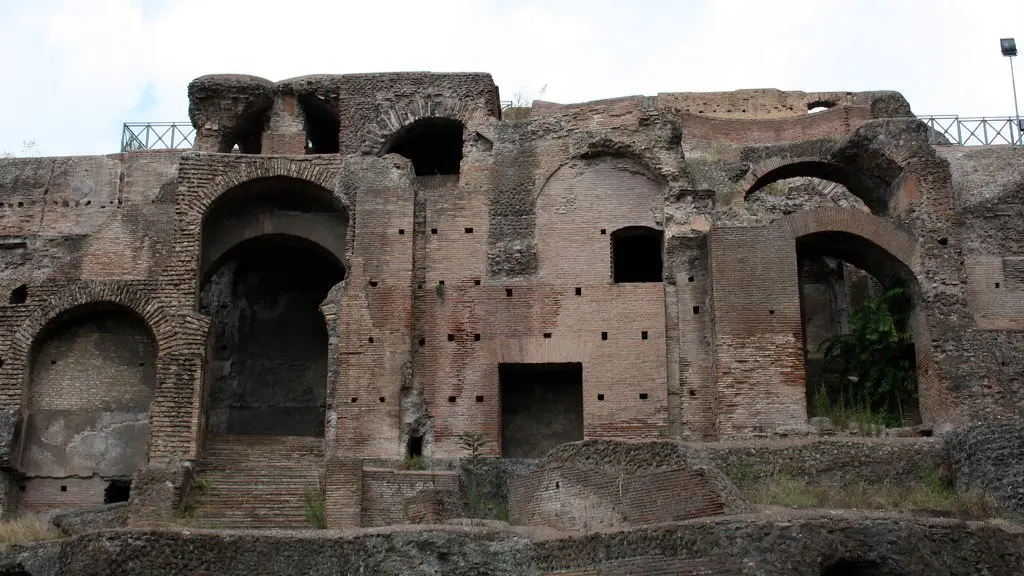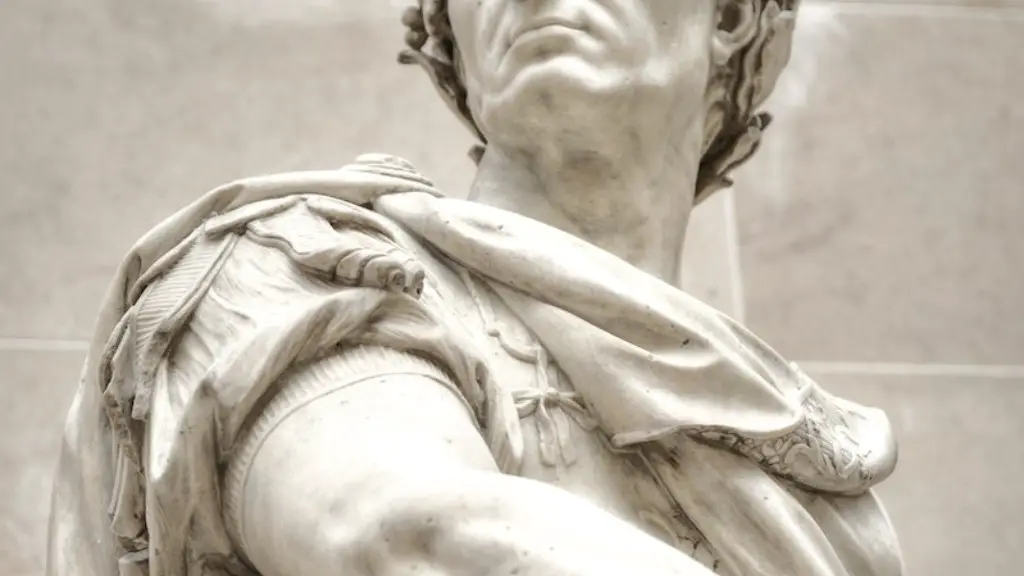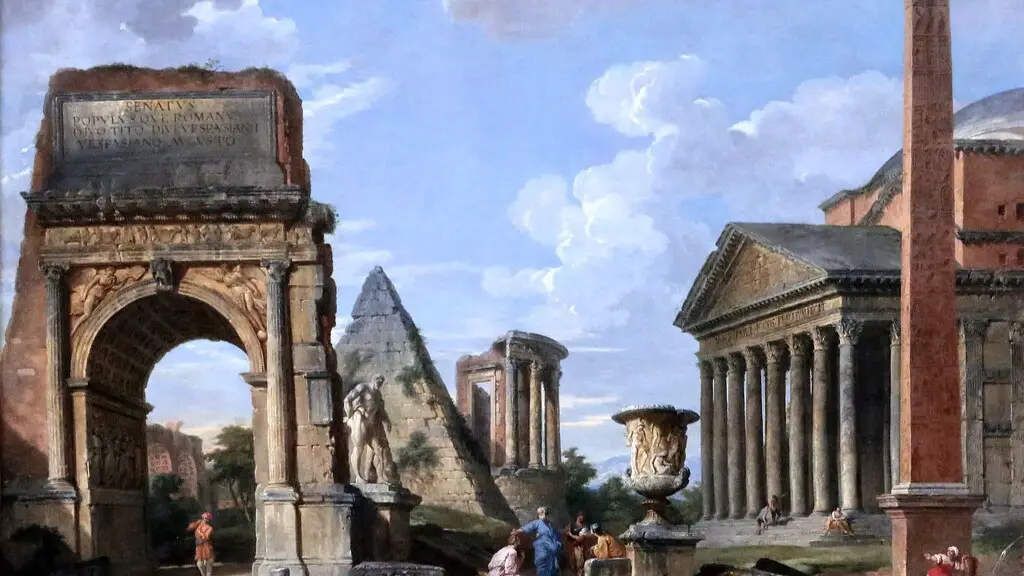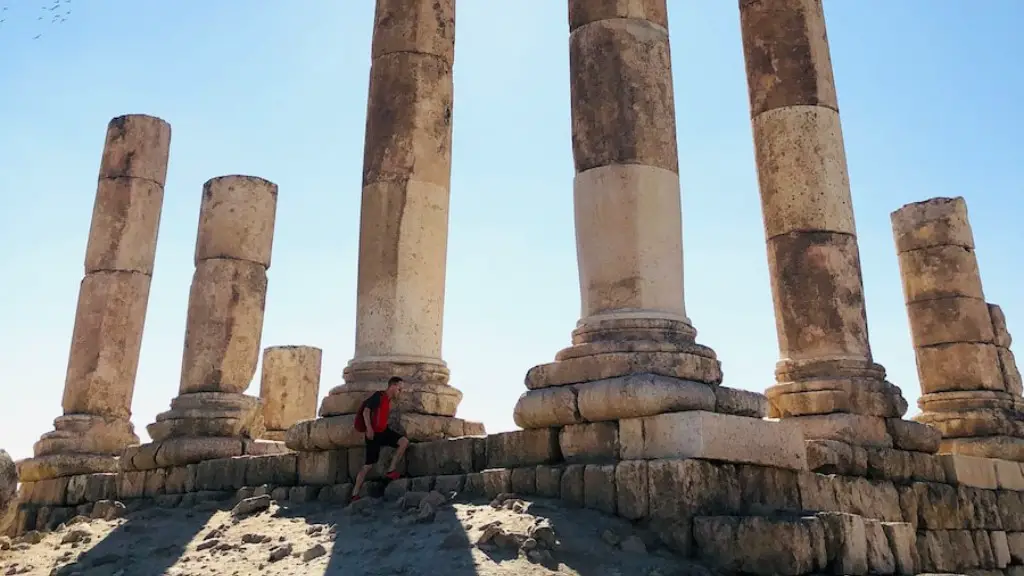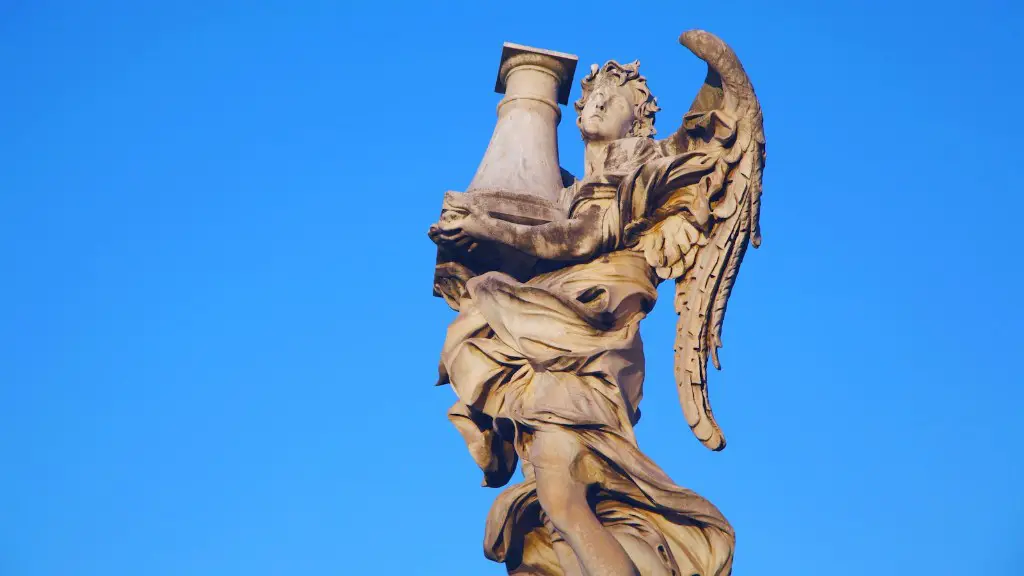The ancient Romans were one of the most powerful empires of their time. They conquered and controlled a large area of land and had a strong economy. One of the things that made the Roman Empire so successful was their trade. The ancient Romans traded a variety of goods with other countries. This allowed them to get the resources they needed and to sell their own products. The ancient Romans were also able to share their culture with other people through trade.
The ancient Romans primarily traded with their neighbors in the Mediterranean region. Common goods traded included olives and olive oil, wine, wheat, cheese, and other agricultural products. The Romans also traded with countries further away, such as India and China, for luxury items such as silk, spices, and precious metals.
What kinds of items did the Romans trade?
The Romans traded with Britain for silver and wool. They imported dyes and spices from the south-eastern part of their Empire.
The 1st century was a time of great trade and commerce between the provinces of the Roman Empire. Specialization in manufacturing, agriculture, and mining was on the rise, and huge volumes of commodities were being traded via sea routes. This increased trade and commerce brought prosperity to the Roman Empire and helped to solidify its position as a leading economic power.
What was ancient Rome’s economy and trade
Ancient Rome was an agrarian and slave based economy whose main concern was feeding the vast number of citizens and legionaries who populated the Mediterranean region. Agriculture and trade were the main sources of wealth for the Roman people, with small scale industrial production playing a supplemental role. The Roman economy was largely self-sufficient, with few imports or exports, and most of the trade being local. This allowed the Romans to maintain their vast empire with relatively little economic strain.
The silver Denarius was the primary medium of exchange in Rome and served as the economic backbone of the Roman empire. Other mediums of exchange, such as copper and bronze coins, as well as land, were also used by Roman citizens. However, the silver Denarius was the most important and most widely used currency in Rome.
What food did ancient Rome trade?
Roman food vendors and farmers’ markets were a great source of fresh, healthy food. They sold meats, fish, cheeses, produce, olive oil and spices; and pubs, bars, inns and food stalls sold prepared food. This variety of food allowed people to eat a nutritious and well-rounded diet.
Italy’s main exports are olive oil and wine. Two-tier crop rotation is practiced, but farm productivity is overall low, around 1 ton per hectare.
Did the Roman Empire have good trade?
The Roman army was critical in facilitating trade throughout the empire. By keeping the roads and sea routes safe, they allowed merchants to transport goods to different parts of the empire. This trade helped the economy to grow as people could sell what they produced or manufactured. In addition, people could also buy things that they could not produce themselves. This trade was vital in keeping the empire prosperous.
The Roman Empire was built on the backs of enslaved people. Slavery was an integral part of Roman society and the economy. The Romans traded enslaved people across and within the borders of their territory.
How did the Romans get rich
The Roman economy was primarily based on agriculture, with large farms run by slaves. Romans also made money from mines, and rich Romans could buy luxuries from all over the world. This allowed for a thriving economy in Rome and helped to make it one of the most powerful empires of its time.
The Romans traded with many different countries all over the world. Some of their main trading partners were Spain, France, the Middle East and North Africa. They imported things like beef, corn, glass, iron, lead, leather, marble, olive oil, perfumes, timber, tin and wine. Britain was also a major trading partner and they exported things like lead, woollen products and tin. In return, they imported wine, olive oil, pottery and papyrus.
What kind of an economy did the ancient Romans have?
The economy of the Roman Empire was predominantly agrarian. Roman landowners, agricultural laborers, and small tenant farmers were highly dependent upon one another for assuring stability. Agricultural production was vital to the Roman Empire, as it provided the food necessary to feed the growing population. The stability of the agrarian economy was essential to the stability of the Roman Empire as a whole.
The Roman Empire’s economy was largely based on agriculture, which employed the vast majority of the empire’s population. This system of production allowed for a certain degree of self-sufficiency, but it also meant that the empire was vulnerable to disruptions in the food supply. In times of famine or other economic hardships, the people of the empire would often turn to the government for assistance.
Who did the Romans trade with most often
The Romans were very well-known for their production and export of wine, pottery, olive oil, and papyrus. In exchange for these goods, they imported iron, timber, corn, leather, spices, and many other goods. They frequently traded with Spain, France, the Middle East and North Africa, effectively creating large scale import and export markets.
Trade was an important part of the economic and social life in the ancient world. Metals, olive oil, grain, spices, silks and wine were all traded between different regions. This trade helped to bring different cultures closer together and to promote economic growth.
What were ancient Roman luxury goods?
Roman society was known for its opulence, and this is reflected in the types of personal items that upper-class members of society would own. In addition to expensive homes and clothing, gold jewelry, silver mirrors, and ivory were all status symbols that communicated one’s wealth and success. Owning these items was a way of flaunting one’s social position and enjoying the good life.
Farming was a large part of the Roman economy, and many of the exports were food or products made from crops. Grapes, oil, and grain were a few of the major exports. From these crops, items such as olive oil, wine, and cereals were also made and exported. Other exports included pottery and papyrus (paper).
Conclusion
The ancient Romans traded a variety of goods with other cultures. They traded wheat, olive oil, wine, and other agricultural products with other Mediterranean cultures. They also traded iron, copper, and other metals with cultures in Europe and Asia.
The ancient Romans were famous for their trade routes that stretched across the Mediterranean. They traded a variety of goods, from food to weapons to slaves. Their trade helped to make them one of the most powerful empires of their time.
